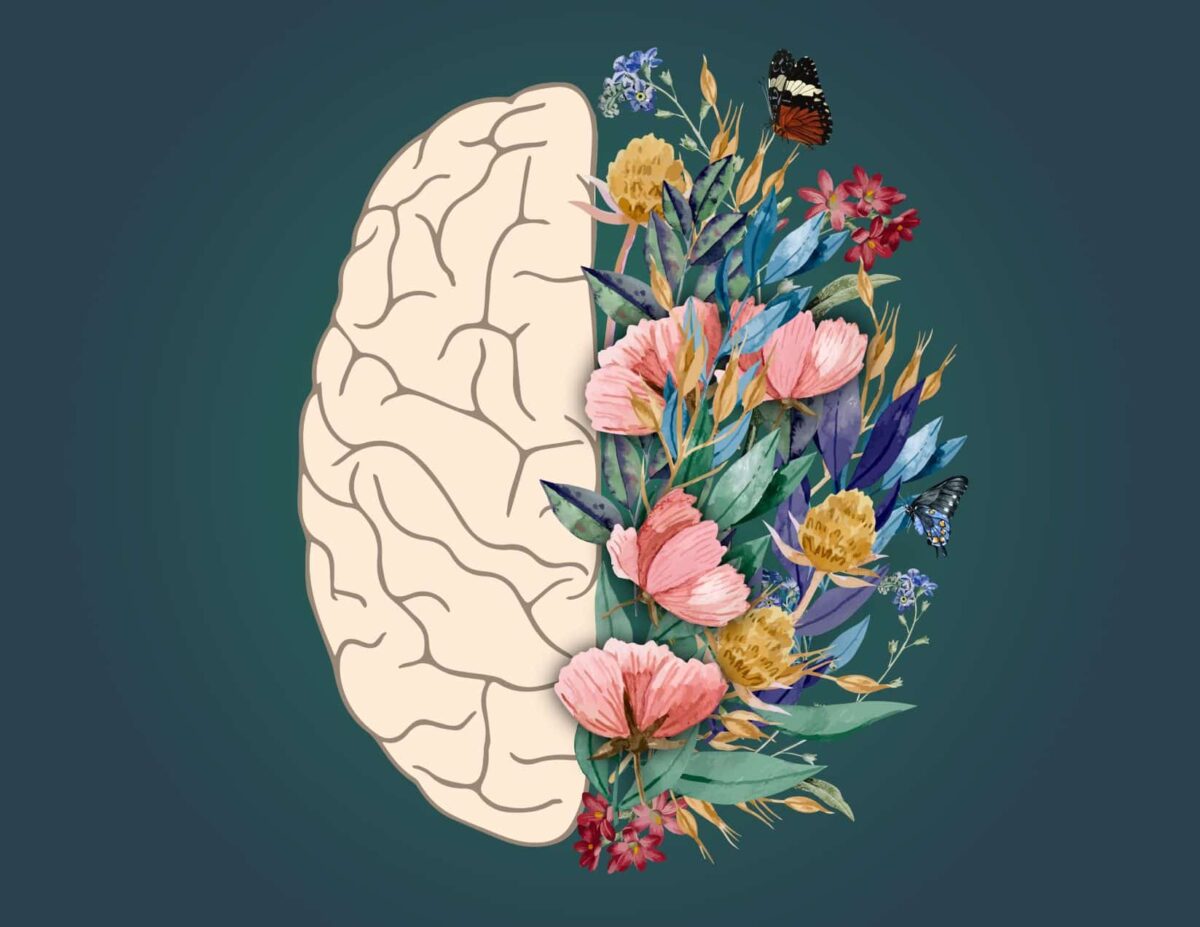
What Happens To The Aging Brain
Deterioration of the brain sneaks up on most of us. The first clue might be hearing loss, especially in the higher frequencies. We may be forced into bifocals, even trifocals.
But the most serious signs of deterioration occur in the brain. As we age, our reflexes slow. We walk and act slower. We even talk slower. Our memory starts to fail, such as the short-term memory ability that is so crucial for learning new things.
As we expand upon this topic we will look at multiple things that change as we age. The brain is responsible for so many things and we will discuss the changes that occur and it starts to prepare for its final sleep.
Brain shrinkage become a real problem with the shrinkage rate increasing even more by age 60. Like wrinkles and gray hair that start to appear later in life, the brain’s appearance starts to change, too. And our brain’s physical morphing means that our cognitive abilities will become altered. The following changes normally occur as we get older:

- Brain mass: While brain volume decreases overall with age, the frontal lobe and hippocampus – specific areas of the brain responsible for cognitive functions – shrink more than other areas.
The frontal lobes are located directly behind the forehead. They are the largest lobes in the human brain and are considered to be the human behavior and emotional control centers for our personalities.
The hippocampus is a complex brain structure embedded deep into the temporal lobe. It plays a major role in learning and memory. Studies have shown that the hippocampus is susceptible to a variety of neurological and psychiatric disorders. - Cerebral & Cortical density: This refers to the thinning of the outer corrugated surface of the brain due to decreasing synaptic connections. Our cerebral cortex, the wrinkled outer layer of the brain that contains neuronal cell bodies, also thins with age. Cortical thinning follows a pattern similar to volume loss and is particularly pronounced in the frontal lobes and parts of the temporal lobe. Lower density leads to fewer connections, which could contribute to slower cognitive processing.
- White matter density: White matter consists of myelin sheathed nerve fibers that are bundled into tracts and transmit nerve signals between brain cells, these begin to fray. Researchers believe that myelin shrinks with age, slowing down processing and reducing cognitive function. White matter is a vast, intertwining system of neural connections that join all four lobes of the brain (frontal, temporal, parietal, and occipital), and the brain’s emotion center in the limbic system. Can you imagine what happens to the connections when this starts to degrade?
- Neurotransmitter systems: The brain begins to produce different levels of chemicals that affect neurotransmitters and protein production, ultimately leading to a decline in cognitive function. How can we keep these chemicals in balance?
With these changes, older adults might experience memory challenges like difficulty recalling names or words, decreased attention, or a decreased ability to multitask.
Through our cognitive stimulation we are aiming to rewire the brain based on the hypothesis of Neuroplasticity, only time will tell if these methods truly work.












